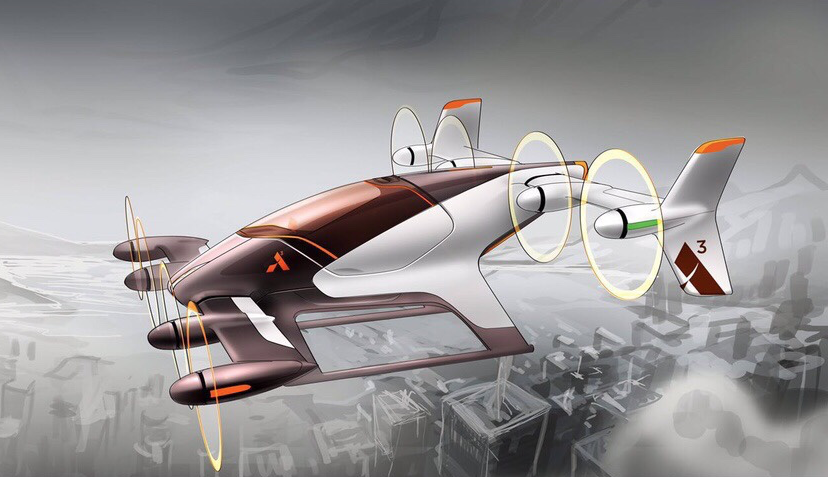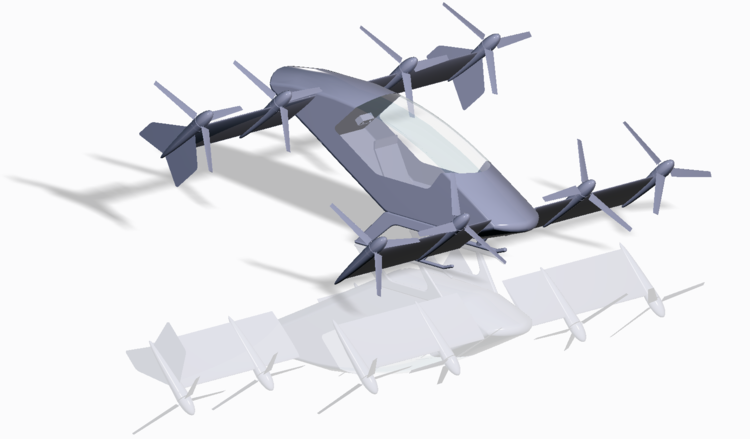Vahana Case Study

Inspired by Project Vahana from A³ by Airbus, engineers at MetaMorph built OpenMETA models of the Vahana Tilt-Wing Multirotor aircraft and a generic electric helicopter, using A³’s publicly released source code as a template.
Using the OpenMETA toolset, we performed a multidisciplinary optimization and analysis of the two models across a range of operating distances.
Our results replicates A³’s results and suggest that an electric tilt-wing multirotor aircraft offers a significantly lower direct operating cost (DOC) over a more traditional electric helicopter design around a target operational range of 100 km.
The Vahana Case Study demonstrates how multidisciplinary design analysis and optimization techniques (MDAO) can be used in the conceptual design of a complex system.

Decisions made early in the design process have a much greater impact on development costs than design decisions made later on. Conceptual design choices limit future decisions and are hard to test initially. In the aerospace industry, conceptual design choices can account for more than 80% of development costs.
OpenMETA helps engineers make critical design choices early in the design process through the use of multidomain models, integrated workflows, and multidisciplinary analysis - resulting in lower development costs, shorter design lifecycles, and a better end product.